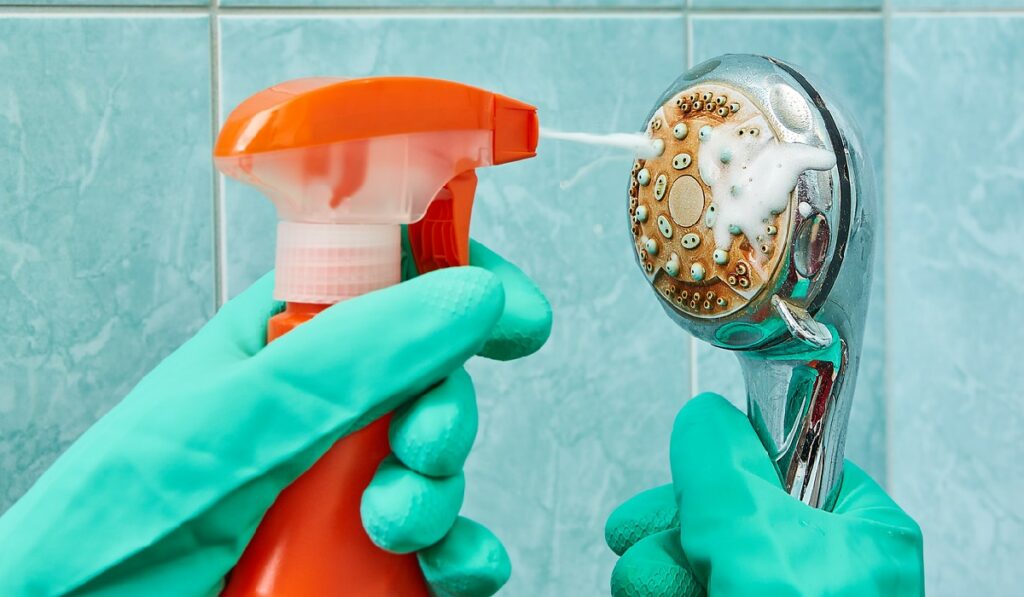3 Ways to Safely Remove Rust from Metal, Cast Iron, and Other Materials

Rust can be a pesky problem, but luckily, it doesn’t have to be a permanent one. Whether rust is spreading on your tools or one of your cast-iron skillets, there are plenty of ways to safely and effectively remove rust. In this post, we’ll share our top three picks for removing rust from metal, cast iron, and other materials. We’ll cover the basics of rust removal, including best practices and different types of products. We’ll also share helpful tips and tricks to ensure your project is successful. With these easy-to-follow instructions, you’ll be able to get rid of rust like a pro.
Preparing to Remove Rust
Gather Materials
Before you begin any rust removal process, you must gather all the materials needed for the job. Chemicals such as rust remover, vinegar, and salt will be helpful during this process. Additionally, you may need sandpaper or steel wool for mechanical rust removal tasks. Finally, safety gear such as rubber gloves and safety glasses should be used when handling chemicals.
Safety Precautions
When working with rust removal chemicals or equipment, keeping your safety in mind is important. Wear protective gloves, eyewear, and clothing when handling these materials. Additionally, ensure the room is well-ventilated before beginning your project.
Chemical Rust Removal
Chemical rust removal involves using specialized agents to dissolve the rust from the surface of your item. These rust removers are usually made of acidic substances such as phosphoric acid or hydrochloric acid, which can erode the rust and make it easier to remove.
Commercial Rust Removers
Commercial rust removers are the easiest way to remove rust for many people. A range of products is available on the market specifically designed for this purpose. However, read all the instructions before using these products and handle them safely using all necessary precautions.
Vinegar and Salt Bath
Another approach to removing rust involves using vinegar and salt as natural agents. This involves submerging the item in warm water and white vinegar for several hours or overnight before scrubbing off the rust with a coarse cloth or brush. This can be followed up with a handful of table salt which helps act as an abrasive agent for extra scrubbing power, and a rinse with clean water when finished.
Mechanical Rust Removal
Mechanical rust removal is often a more labor-intensive approach but is also more effective than chemical rust removal methods in some cases. This method involves physically scrubbing away at the surface until the desired outcome is achieved.
Sandpaper and Steel Wool
For smaller items with noticeable amounts of rust, sandpaper and steel wool may be used to remove them. Simply take some steel wool or sandpaper to the surface of your item until it looks smooth again. Be sure not to use too much force or pressure, as this could damage your item. It’s advised that you always use small circular motions.
Wire Brush
A wire brush can be used instead of sandpaper and steel wool for larger surfaces with heavy corrosion. Apply quick down-and-up strokes on the target surface while applying even pressure until all signs of corrosion have been removed from view. Once finished, rinse any residue left behind with clean water and allow your item to air dry thoroughly before proceeding further with the repair.
Other Removal Strategies
In some cases, household items such as paper towels or rags soaked in lemon juice or baking soda can help break down harsh residues from heavier areas of corrosion. Just generously apply these solutions before scrubbing with a coarse cloth or brush before rinsing off any residues afterward.
To make sure that your newly cleaned item stays that way for longer periods, it’s recommended that you seal its surface once finished with oil or wax. This helps protect against future corrosion.
Conclusion
Rust can be a tricky problem, but with the right approach, it doesn’t have to be! With these three tips for removing rust from metal, cast iron, and other materials, you can restore your items to their former glory. Whether it’s a commercial rust remover, vinegar, salt bath, or mechanical rust removal approach, it’s important to remember the safety precautions and use the right materials for the job. With a little bit of time and effort, you’ll be able to get rid of rust and enjoy your newly restored items.
